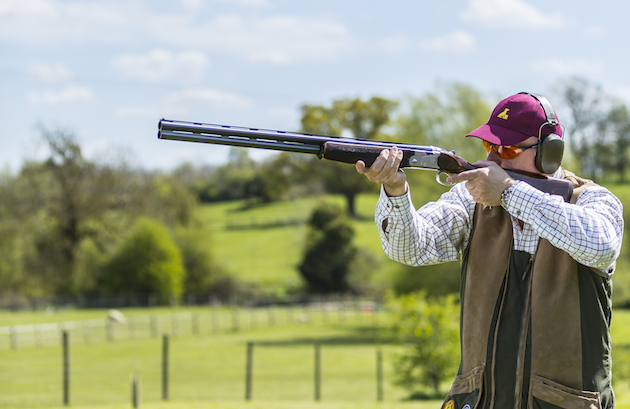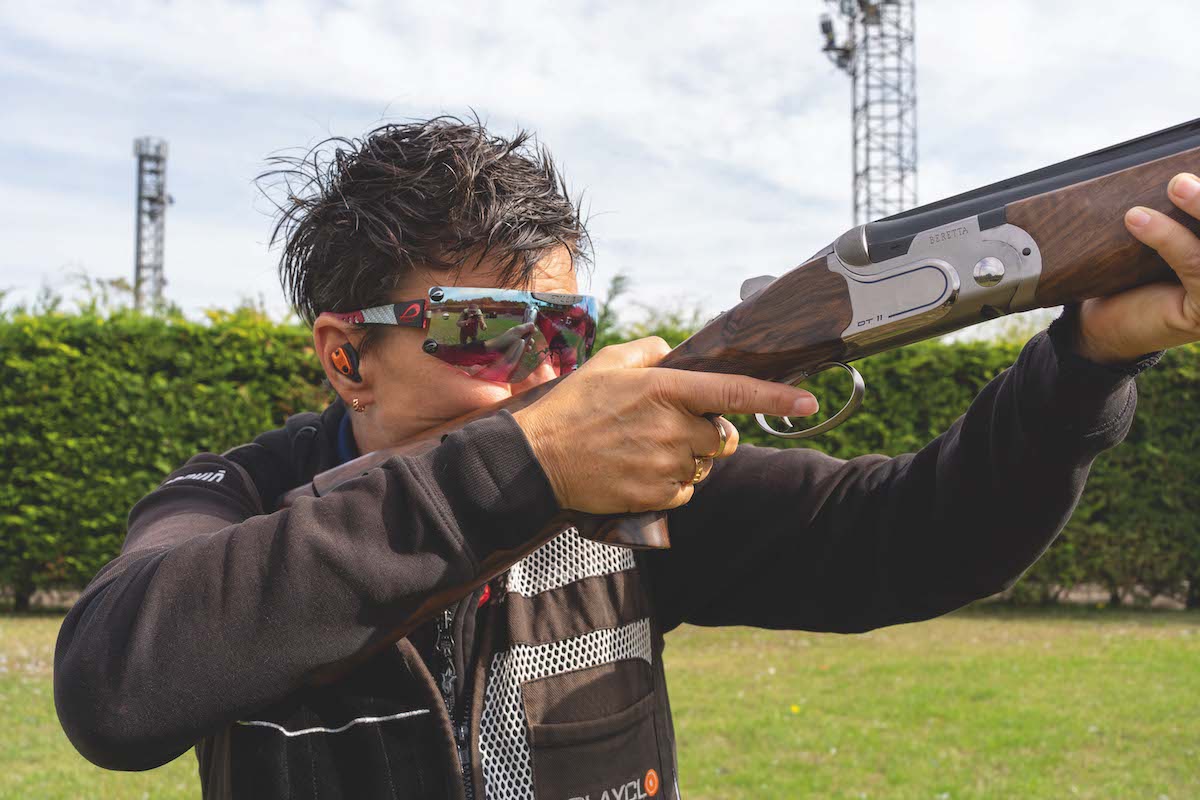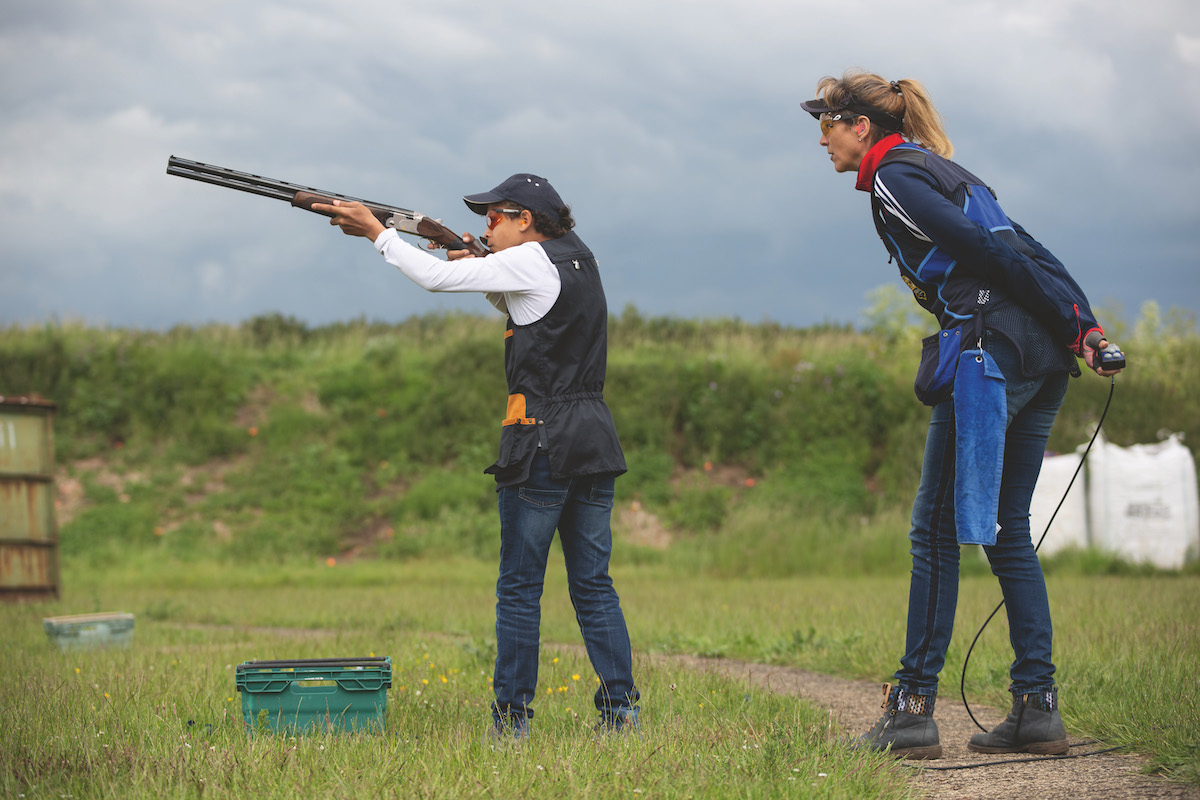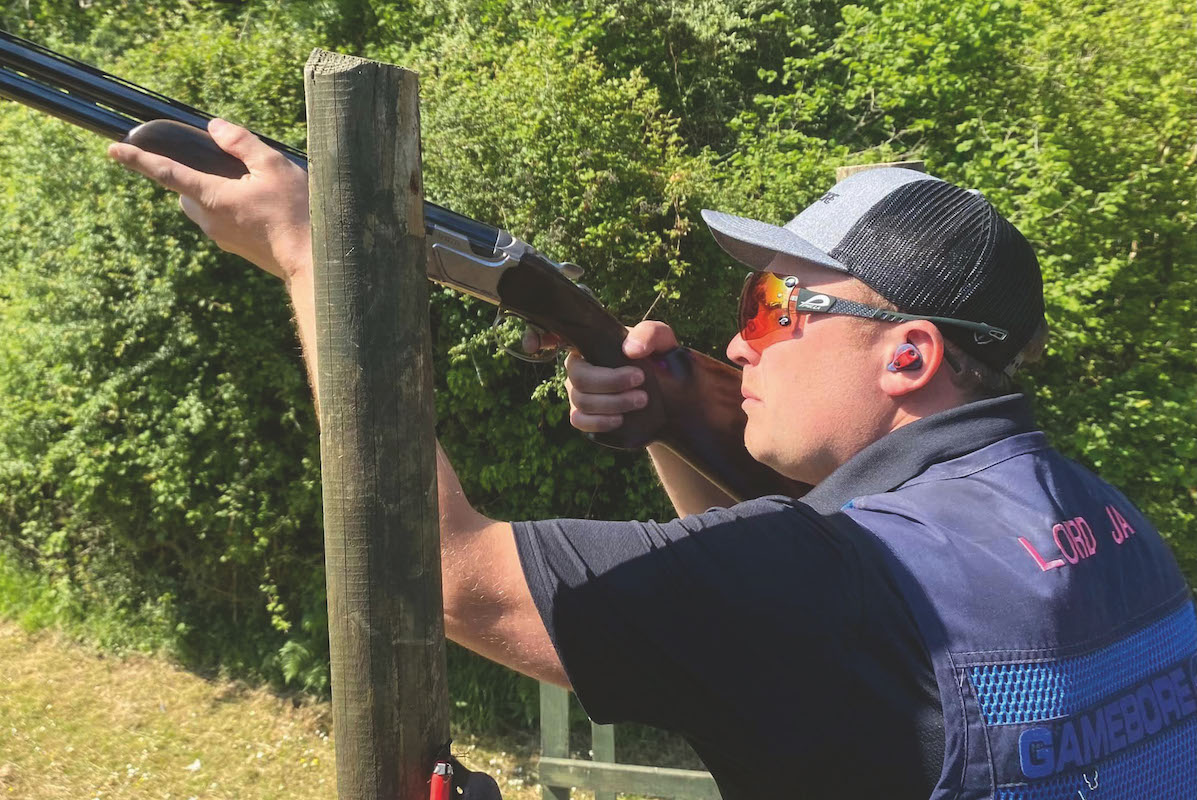Five things to do to get your clayshooting back up to scratch again
David Turner gives his top tips to help you return to form when you get back to shooting

Working on improving clayshooting skills after a break
After lockdown some of us will have lost our ‘edge’ and will need to improve clayshooting skills again. Almost all of us will be out of practice.
Here I will highlight a few of the more common tendencies and unwelcome techniques that are likely to show up and catch us out, resulting in poor performance.
1. Jerky or snatchy shooting
This is jerking or snatching at a target, usually at the moment the trigger is pulled, thus upsetting a perfectly good swing or stroke. It can be caused by nerves, particularly when shooting a few clays with friends.
Whichever technique you use – pull away, swing through or maintained lead – a successful shot will depend on a smooth and fluent swing. To jerk or snatch will inevitably ruin the whole movement.
Remember the saying ‘stroke it don’t poke it’, and think smooth at all times.
2. Head lifting
This can often go unnoticed and I’ve known some shooters who swear black is white and that they don’t do it. However, a short video clip of them shooting can often reveal a great deal. Smart phones make it easy to take such clips from various angles. You’ll be amazed at what you see so think of this when you’re working to improve clayshooting.
3. Hanging on a target
This can become one of the worst habits, which is caused by the need to ‘make sure’ of the shot. It can cause a slowing up of the gun speed in an entirely unconscious attempt to ensure you hit the target. Experience indicates that if you try to ‘make sure’ then you will probably miss.
A guide to the different clay shooting disciplines
New to clayshooting? This is what English Sporting, English Skeet and Trap shooting involve
Three of the best second-hand clayshooting guns for beginners
Buyer’s brief: “I have been shooting clays for the past six months with guns hired from the shooting ground. Most…
4. Exaggerating lead
Following a lay off I tend to under and overestimate lead values, then wonder why I miss a target. I’ve also discovered that a lot of shooters tend to underestimate the required lead for a more distant target and overestimate closer ones. If we take the example of a crossing Skeet target from station 4, which we know to be 22 yards away, on average that will need 3ft to 4ft lead, which means that a more distant crossing bird of similar speed, say 50yd, will need at least twice that. A lot of those who struggle with longer targets are guilty of never applying enough lead for these.
5. Easier targets
It’s easy to turn up at your local ground and shoot the testing targets you were used to, only to get a bit of a shock when you don’t do well. Maybe it’s a good idea to start with easier ones that you may have forsaken as you have improved over the course of time. Go back to basics and succeed with these before you move on to more difficult targets.
So, to sum up the ways to improve clayshooting techniques after being away from the ground :
• Start with easier targets before moving on to more difficult ones
• Think about lead values and distance. Try not to over or underestimate
• Try not to ‘make sure’
• Don’t lift your head to see the target hit. Ask a friend to film you from different angles
• Think smooth and ‘stroke it, don’t poke it’










